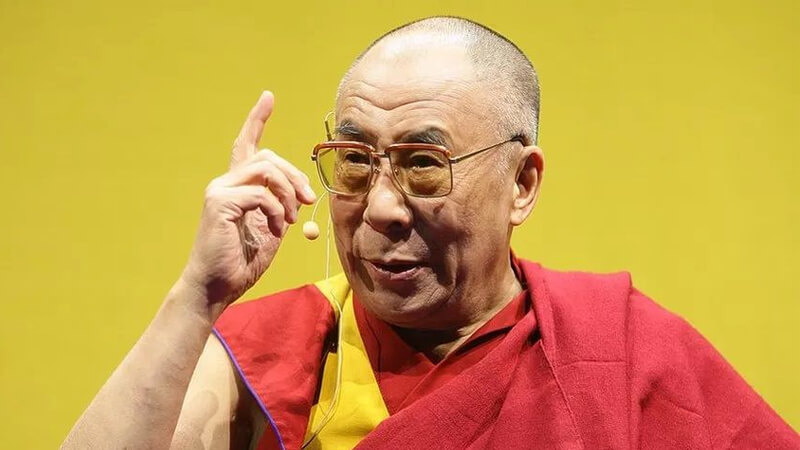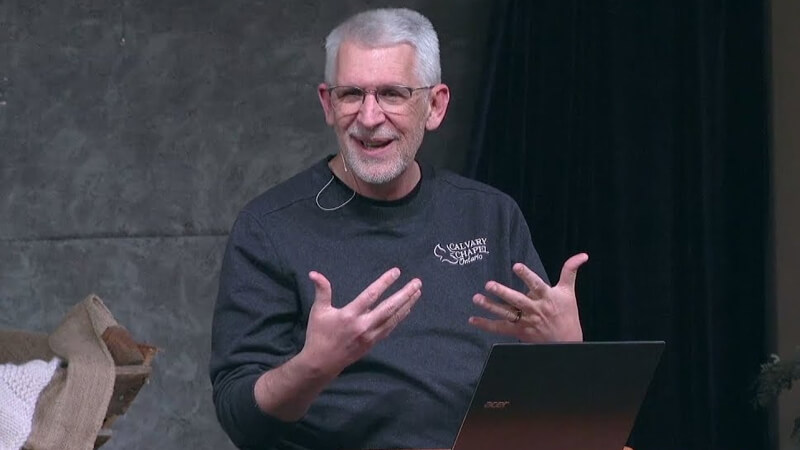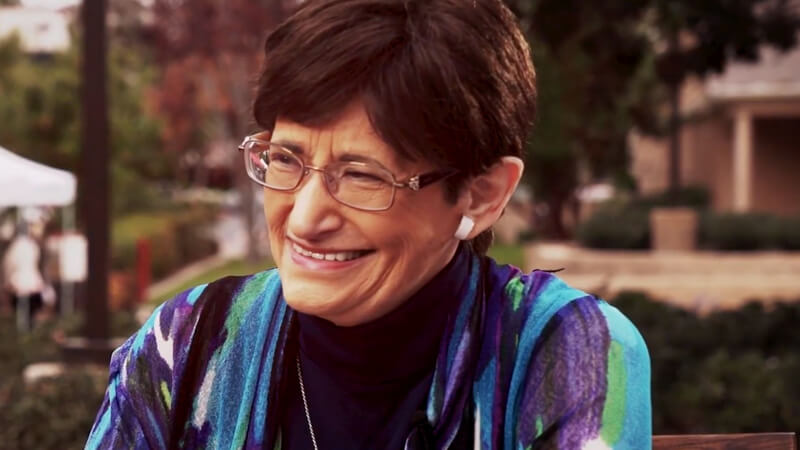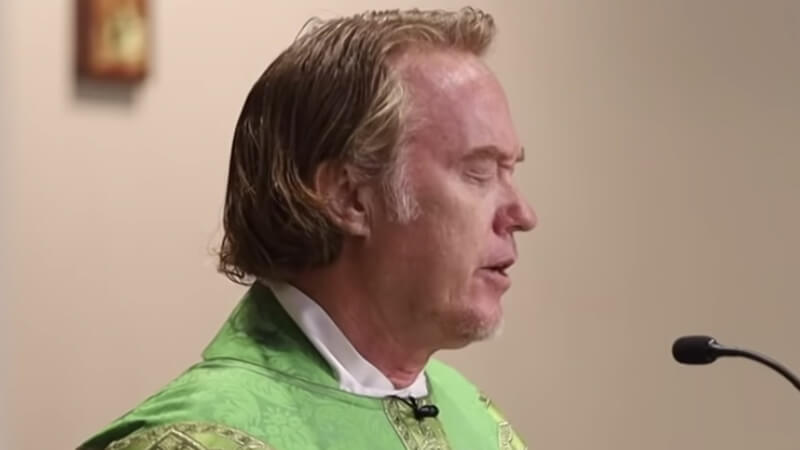Biography of Dalai Lama: – From 1642 to 1959 the Dalai Lama also held temporary power in Tibet. When each Dalai Lama dies, the monks (lamas) of the Yellow Monastery designate their next reincarnation in a young child, interpreting a series of signs according to their religion.
It is not a dynasty of hereditary monarchs, but of the highest personal magistracy of a theocratic regime. In the interregnum between the death of a Lama and the next age of majority, the Monastery directly exercises power by appointing a regent, while at the same time dealing with the education of the future chief.
Biography of Dalai Lama
- Born:- 6 July 1935 (age 82), Taktser, China
- Residence:- McLeod Ganj, India
- Influenced By:- Gautama Buddha, Mahatma Gandhi,
- Sibblings:- Gyalo Thondup, Thubten Jigme Norbu, Jetsun Pema, Tenzin Choegyal, Lobsang Samden, Tsering Dolma
Was the first, founder of the Buddhist sect of the yellow monks and the succession system of the reincarnation of the lamas. Sonam Gyatso, III Dalai Lama (1543-88) was actually the first to assume the title of Dalai (the Mongol word for “Great Ocean”).
See Also: Biography of Junaid Jamshed
By converting the Mongol chief Altan Khan and his entire tribe, he definitively settled the hegemony of the sect in Tibet, extending its influence over Mongolia, western China, Bhutan, and Sikkim.
Ngawang Gyatso, V Dalai Lama (1617-82) was the first to assume the temporal government of Tibet in addition to spiritual leadership.
This change took place in 1642, when dethroning the Mongol prince Gusri Khan to the king of the Tibet and titrate himself king; In fact, Gusri simply exercised a military protectorate over the Dalai Lama, who was effectively ruling.
When Gusri died in 1655, the Lama came to control power alone, although his religious authority was limited by that of another Buddhist dignitary, the Panchen Lama. It was this V Dalai Lama who built the Potala Palace in Lhasa, from where his successors have exercised power until the twentieth century
His successor Tshangyang Gyatso, VI Dalai Lama (1683-1707), disrupted the prestige acquired by the yellow monks with his dissolute behavior and womanizing.
The Chinese emperor used the occasion to intervene in Tibet, putting an end to his spiritual influence on Mongolia and China itself.
In 1720 the Chinese invaded Tibet and subjected the Dalai Lama to a relationship of vassalage, which lasted until the disappearance of the Chinese Empire in 1911.
Thupten Gyatso, XIII Dalai Lama (1876-1933), was a despotic ruler, whose diplomatic clumsiness confronted him with the great powers of the area.
He played the trick of approaching Russia, being attacked by a British expedition that forced him to take refuge in China (1904); Later, reconciled with the British, suffered the attack of China and had to take refuge in India (1910).
It returned to Tibet in 1913, when the country recovered the independence by the fall of the Manchú dynasty in China (1911).
Allied now with the British – while the Panchen Lama represented Chinese interests – he wanted to undertake a modernizing policy in areas such as education or defense, but the conservatism of the lamas thwarted his attempts to reform.
The current Dalai Lama
Upon his death he identified his successor in the child Tendzin Gyatso, XIV and current Dalai Lama (1939 – ) born in a poor family of Tibetan origin in the Chinese province of Quinghai (1935).
In 1950, when he had not yet reached the age of majority, the Chinese Communists invaded the country; Tendzin Gyatso, declared an adult before his time, assumed power and took refuge near the border with India.
But, not receiving foreign aid despite his appeal to India of Nehru and the United Nations, he had to accept communist tutelage, signing in 1951 a treaty that made Tibet an “autonomous province” of China.
Mao’s relations with China were very conflicting, the Dalai Lama struggling to preserve the traditional Tibetan system and the Chinese for controlling de facto power (by designating a young Chinese as the reincarnation of the Panchen Lama).
In 1956 a first antichine rebellion broke out in two border provinces of Tibetan population, which was bloody repressed. In 1959 a popular uprising supported by the army faced the Chinese troops, who responded violently until the total occupation of the country.
The Dalai Lama managed to flee to India with some 70,000 Tibetan exiles, while Mao put the Panchen Lama in the government of Tibet (whom he nevertheless failed to manage to his liking and imprisoned in 1964).
In 1982 Deng Xiaoping invited to return to the Dalai Lama, who preferred to remain in exile, dedicating himself to preserving in the north of India, Nepal, Bhutan and Sikkim the Tibetan culture destroyed by the Chinese authorities in his country of origin, while Publicly assumed the ideals of democracy and pacifism.
He has since testified in all international forums the loss of the sovereignty of his nation, but “has opposed the use of violence and has fostered solutions based on tolerance and mutual respect, with the aim of preserving the historical heritage and culture of its people.
This last quote belongs to the committee of the Norwegian Parliament that awarded him the Nobel Peace Prize in 1989. In 1990 he published his autobiography, Freedom in Exile.




